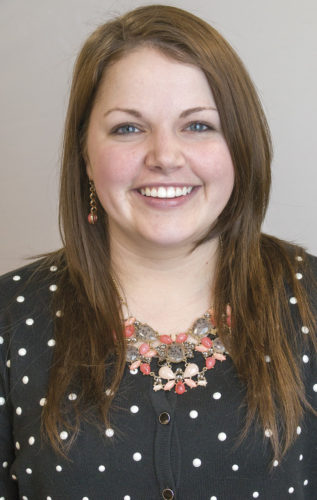Arguably, the most-discussed proposal at this year’s National Conference on Interstate Milk Shipments (NCIMS) was once again the discussion to lower the somatic cell count (SCC) limit from 750,000 to 400,000. The bi-annual conference took place April 19-24 in Indianapolis, Indiana.
Proponents of the proposal, including author Jamie Jonker of the National Milk Producers Federation, pointed out that several states had or are attempting to pass their own regulations for lowering SCC, leaving inconsistency in regulations between states.
Doug Metcalf of the Indiana State Board of Animal Health brought up concerns that while many dairymen are already achieving the 400K cell count, especially in Indiana, the industry has some work to do in achieving a higher level of milk safety and avoiding drug residues.
A 400K limit could help enforce that, and NCIMS was the appropriate organization to regulate SCC on a national level, Metcalf said.
Opponents of the proposal, like Lewis Ramsey of the Kentucky Milk Safety Branch, Commonwealth of Kentucky, expressed their distress that such regulation could drive out many small farms, particularly those in the Southeast and in Kentucky.
“Think about what you’re doing and who it affects,” urged Ramsey to the NCIMS delegates.
The motion to pass the proposal failed on April 23, with a vote of 22 for, 28 against and one abstention.
The following day, toward the end of the conference, NCIMS delegate George Blush of the Kansas Department of Agriculture made a motion to reconsider the SCC proposal.
“This issue is dividing us,” he said. “We need to write a mutually agreeable solution and put this issue to bed.”
By just one vote, the motion to reconsider the proposal failed, leaving the author and supporters of the proposal with the challenge to try again at the next conference – to be held in 2015.
And while the SCC limit was likely the most contentious issue, it wasn’t the only one.
A resolution presented on April 24 called for the FDA to increase enforcement and prevent the misbranding of food items, such as soy “milk” and almond “yogurt.”
Cary Frye of the International Dairy Foods Association asked the delegates to reject the resolution, saying the enforcement was outside the scope of NCIMS.
In support of the resolution was Beth Briczinski of the National Milk Producers Federation. With her comments, she painted a picture of what the dairy case looks like today, calling attention to several non-dairy food items that had dairy-like language.
She urged delegates to support the resolution and help put an end to the “anything goes” approach in food marketing.
Delegate Susan Esser of the Michigan Department of Agriculture said her biggest concerns with the resolution is that it challenged individual states with the enforcement of branding dairy products.
With few resources already allotted to individual states, she felt those resources should be focused on food safety rather than food labeling.
The majority of the delegates sided with Frye and Esser, and the resolution failed.
Another highly debated topic was procedures and timing of the International Certification Pilot Program, which would utilize third- party certifiers to act as regulatory, rating and laboratory evaluation agencies. This proposal was first introduced at the 2005 conference and has been extended at each conference since then.
After much discussion and multiple suggested amendments, the proposal was passed as originally submitted. The proposal will go into effect after the official notification goes out following the executive board meeting this fall.
NCIMS itself is an interesting look at parliamentary procedure and the process for bringing industry issues in front of a large governing body.
The conference begins with committee meetings, where members begin the discussion of proposals submitted to NCIMS. The 14 committees of the conference include areas such as HAACP implementation and hauling procedures.
Proposals are then put in front of the three councils, consisting of Laws and Regulations, Responsibilities of Conference Participants and Application of Conference Agreements.
Each council consists of 20 members in addition to a chair, vice chair and FDA consultant. The 20 members include 10 representatives from state health and agriculture departments, five milk processors and five milk producers.
Each council discusses the proposals and provides recommendations to the delegates. Each state of the country has a voting delegate represented and also includes the U.S. territory of Puerto Rico, accounting for a total of 51 delegates, which means there can’t be a tie vote unless members abstain.
Once proposals are passed by the delegate body, NCIMS works with agencies like the USDA and the FDA to enforce and implement procedures or changes.
Watch for hot topics like the SCC limit to come up again at the 2015 NCIMS Conference to be held April 22-30 in Portland, Oregon. PD

Emily Caldwell
Editor
Progressive Dairyman



